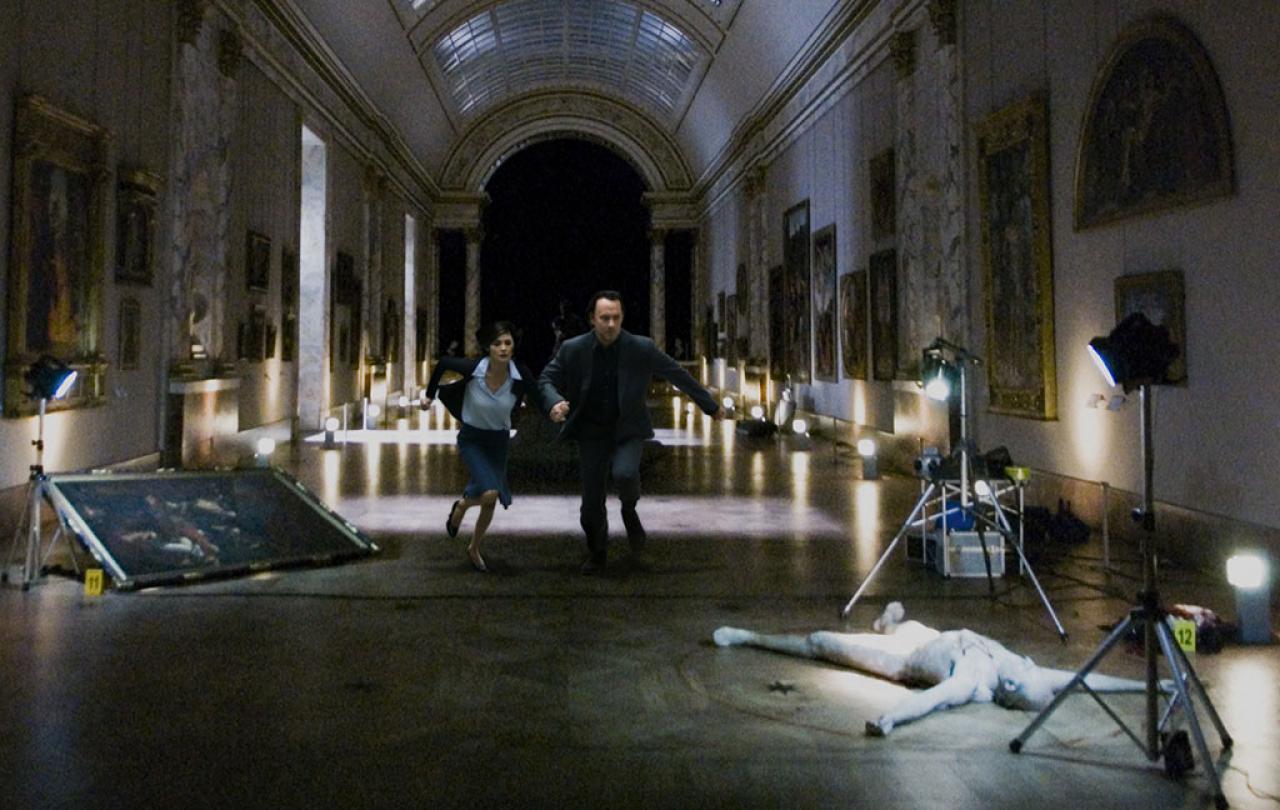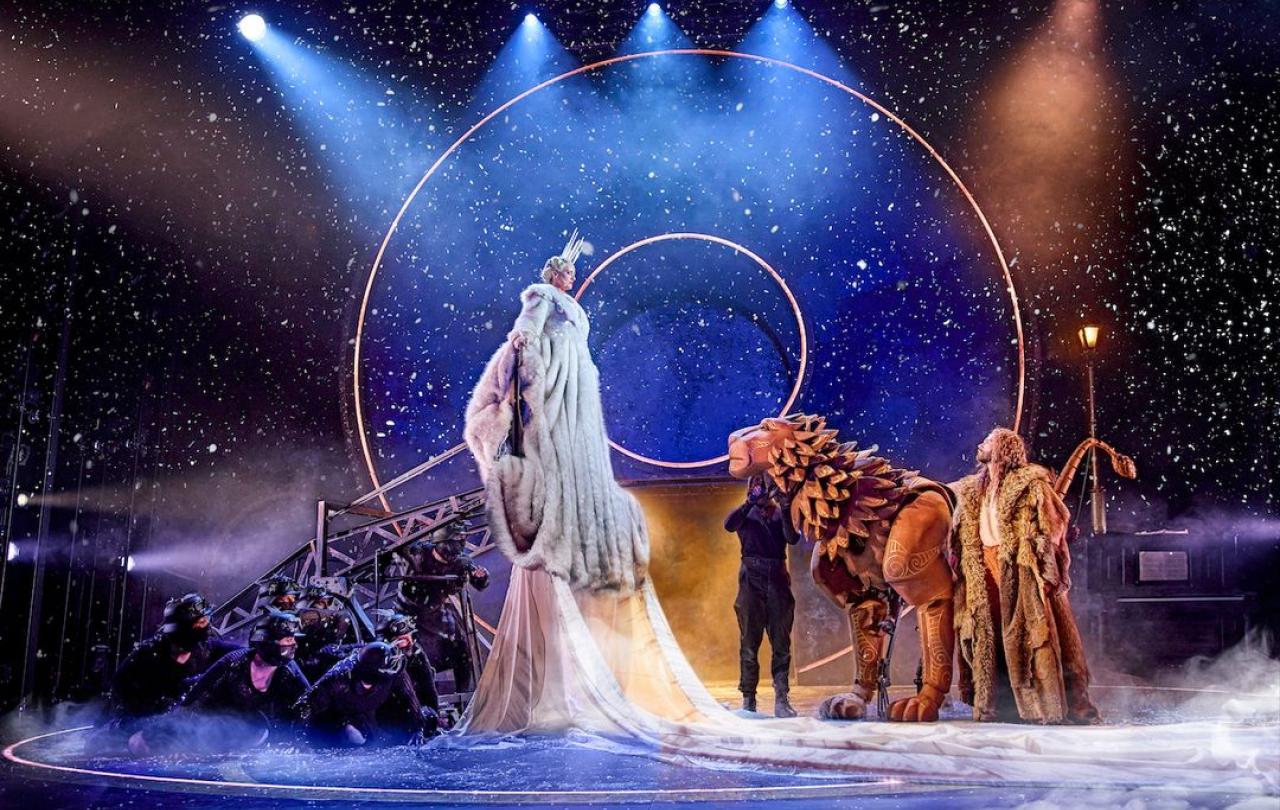
In the wake of the controversy over the Olympic opening ceremony, based as it was on a fundamental misunderstanding on the part of Christians as to what was being portrayed, you may be perplexed or confused by the different ways Christians respond to controversial art or media portrayals that are perceived to be an attack on core Christian beliefs. If that is you, here are some thoughts as to why it is that Christians react in a range of different ways.
Our responses are always underpinned by depth of relationship with and commitment to Jesus, the one who has turned our lives upside down and filled us with his Spirit. Our sense of what it is that Jesus has done for us and what it is that relationship with Jesus means to us is the determinative factor affecting our response when we perceive the One we love and who loves us to have been maligned or mocked.
For some, we feel a need to stand with or defend Jesus whenever we perceive that he is under attack, and we have seen that instinctive response apparent in reactions to the Olympic opening ceremony. However, instinctive emotive responses run the risk of pre-empting more reasoned or reflective responses. That has certainly been the case here, as what many Christians perceived to have been a parody of the Last Supper was not actually that at all. Instead, the sequence was a portrayal of the feast of Dionysius, so had nothing to do with the Last Supper at all.
Christians, as here, are often too quick to make allegations of blasphemy without actually understanding what is being portrayed. I have, unfortunately, seen many similar examples within my lifetime. In the 1970’s and 80’s films like Monty Python’s Life of Brian and Martin Scorsese’s The Last Temptation of Christ resulted in thousands of Christians demonstrating outside cinemas, while Christian organisations, like the National Viewer’s and Listener’s Association headed by Mary Whitehouse, lobbied for those films to be banned.
God does not need human beings in order to be defended, particularly from perceived mockery.
However, interestingly, the release of The Da Vinci Code in 2006, although it dealt with similarly controversial material for Christians, did not result in mass protests. Instead, through seeker events, bible studies, websites and booklets, churches encouraged discussion of the issues raised by the film while clearly contesting the claims made about Christ and the Church.
The protests against such films often did not tally with the content of the films themselves and displayed a lack of understanding of them, their stories and meaning. As Richard Burridge, a former Dean of King’s College London, has said of Life of Brian, “those who called for the satire to be banned after its release in 1979 were ‘embarrassingly’ ill-informed and missed a major opportunity to promote the Christian message”. Life of Brian portrayed the followers of religions as unthinking and gullible and the response of Christians to that film reinforced that stereotype.
As a result, the Church had to learn again that the way to counter criticism is not to try to ban or censor it but to engage with it, understand it and accurately counter it. The Da Vinci Code events, bible studies, websites and the like that the Church used to counter the claims made in The Da Vinci Code featured reasoned arguments based on a real understanding of the issues raised, making use of genuine historical findings and opinion to counter those claims. These created a conversation with the wider community that was far more constructive than the kind of knee-jerk reactions we have seen to the opening ceremony of the Olympic Games.
Some of these knee-jerk reactions derive from a sense, in the West, that the dominant place Christianity used to have in society has been eroded leading some to think that our values and beliefs are under threat. This reveals an underlying insecurity which it is surprising to find in those who believe that God is all-powerful and in control of human history. God does not need human beings in order to be defended, particularly from perceived mockery.
Indeed, the reverse is the case, as, in Jesus, God deliberately entered human history to experience human life in all its facets, including real mockery and suffering, to show that such experiences are not defining and can be transcended through love and sacrifice. Such a God does not require those who follow to become defensive themselves when the path of mockery is actually the path to resurrection and renewal.
Cultural comment is as much about love for neighbour as any other aspect of Christian life.
So, what might a more constructive and productive response to controversies entail? Taking time to reflect and to understand what it is we are experiencing would be a much better place to start. The Olympic opening ceremony was a celebration of French culture, which highlighted images from the Louvre in particular. Leonardo da Vinci’s ‘Last Supper’ is in Italy and does not include a blue Dionysius. With some reflection and investigation, that would quickly have become apparent. Similarly, the scene to which Christians objected in The Last Temptation of Christ was just what it said on the tin, the last temptation Jesus faced. It was a temptation that he rejected, and the film was all the more powerful as a depiction of the incarnation as a result.
Then, we can see that what the Christ who embraced human life through the incarnation calls us to is a charitable hermeneutic (how we interpret), when it comes to receiving, understanding and commenting on the culture around us. Cultural comment is as much about love for neighbour as any other aspect of Christian life. Our charitable hermeneutic was summed up for us by St Paul when he wrote of going through life looking for “whatever is true, whatever is honourable, whatever is just, whatever is pure, whatever is pleasing, whatever is commendable”. Sister Wendy Beckett, the cultural commentator who most recently has best exemplified this charitable hermeneutic achieving huge popularity as a result, wrote of “a beautiful secret … that makes all things luminous … a precious gift in this confused and violent world”.
With the beautiful secret of a charitable hermeneutic, we might, perhaps, look again at the Olympic opening ceremony and appreciate the intent of Thomas Jolly, the artistic director behind the ceremony, when he said that religious subversion had never been his intention: “We wanted to talk about diversity. Diversity means being together. We wanted to include everyone, as simple as that.”





